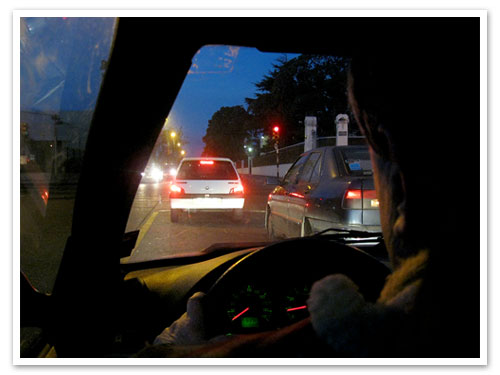
The first week of November is Drowsy Driving Prevention week! Drowsy driving caused 795 deaths in 2017 alone. Many of us have been guilty of drowsy driving at some point in our driving careers. A study conducted by the National Sleep Foundation found that more than 40% of drivers admitted to falling asleep behind the wheel at least once. This week, the National Sleep Foundation hopes to raise awareness about the dangers of drowsy driving, and how to prevent drowsy driving.
Fatigue and drowsiness are the principal causes of approximately 100,000 reported crashes each year. Annually, more than 40,000 people suffer injuries and 1,500 die from collisions involving a driver falling asleep at the wheel. These statistics are conservative estimates since many collisions involving fatigue or drowsiness go unreported.
Fatigue or drowsy driving can negatively impact your driving, even if you don’t actually fall asleep behind the wheel. Get enough sleep at night, and if you are too tired to drive, don’t get behind the wheel. If you’re on a long drive far from home and you’re tired, pull over in a safe place and take a quick nap. Take frequent breaks every hour or two on long trips.
Characteristics of Fatigued Drivers
If you think about it, it makes perfect sense why driving while tired is dangerous. Fatigued drivers are often inattentive and lack focus. They take too long to make decisions. They’re irritable, frustrated and impatient. They swerve and sway while driving. All of these behaviors are extremely hazardous on the road. In fact, studies have shown that people who drive after not sleeping for 18 hours perform worse on the road than people whose blood alcohol content (BAC) is .05%. Going 24 hours without sleep and getting behind the wheel of a car is equivalent to driving with a BAC of .10%.
Causes of Fatigue
The biggest cause of fatigue is, of course, not getting enough sleep. Young people ages 12 to 18 need an average of 8.5 to 10 hours of sleep per night, and adults 18 years of age and older need an average of 7.5 to 9 hours of sleep. Even if you are getting the recommended amount of sleep each night, the quality of sleep that you get is just as important. You go through several stages while asleep: light sleep, which typically makes up the majority of your night and promotes mental and physical restoration; deep sleep, which helps with physical recovery, aspects of memory, and learning; and REM sleep, the stage where dreams are most vivid, which typically occurs later at night and is important for your memory and mood. In order to ensure that you’re spending enough time in each of these stages and getting the quality of sleep you need, do the following:
- Eliminate outside noise that could wake or disturb you. Wear earplugs if necessary. Sleeping with white noise or other soothing ambient sounds can help you sleep as well.
- Sleep in a dark room with the television off. Your body has an internal clock that drives your circadian rhythms (i.e. your daily cycle of sleeping and waking). This internal clock takes its cues from your environment. Your body produces melatonin when it’s dark out to help you sleep, but daylight and artificial lights (such as those from a television or laptop screen) can suppress your body’s production of this hormone, making it difficult to fall asleep and stay asleep.
- Don’t smoke or drink alcohol. Avoid caffeine in the afternoon and evening. These substances actually disrupt deep sleep.
Clearly, it’s best to avoid drowsy driving. Get enough sleep at night, and if you are too tired to drive, don’t get behind the wheel. If you’re on a long drive far from home and you’re tired, pull over in a safe place and take a quick nap. Take frequent breaks every hour or two on long trips, and make sure to encourage those around you to avoid drowsy driving, too!
If you’d like to learn more about traffic safety, and see which online courses we offer in your state, visit our website!